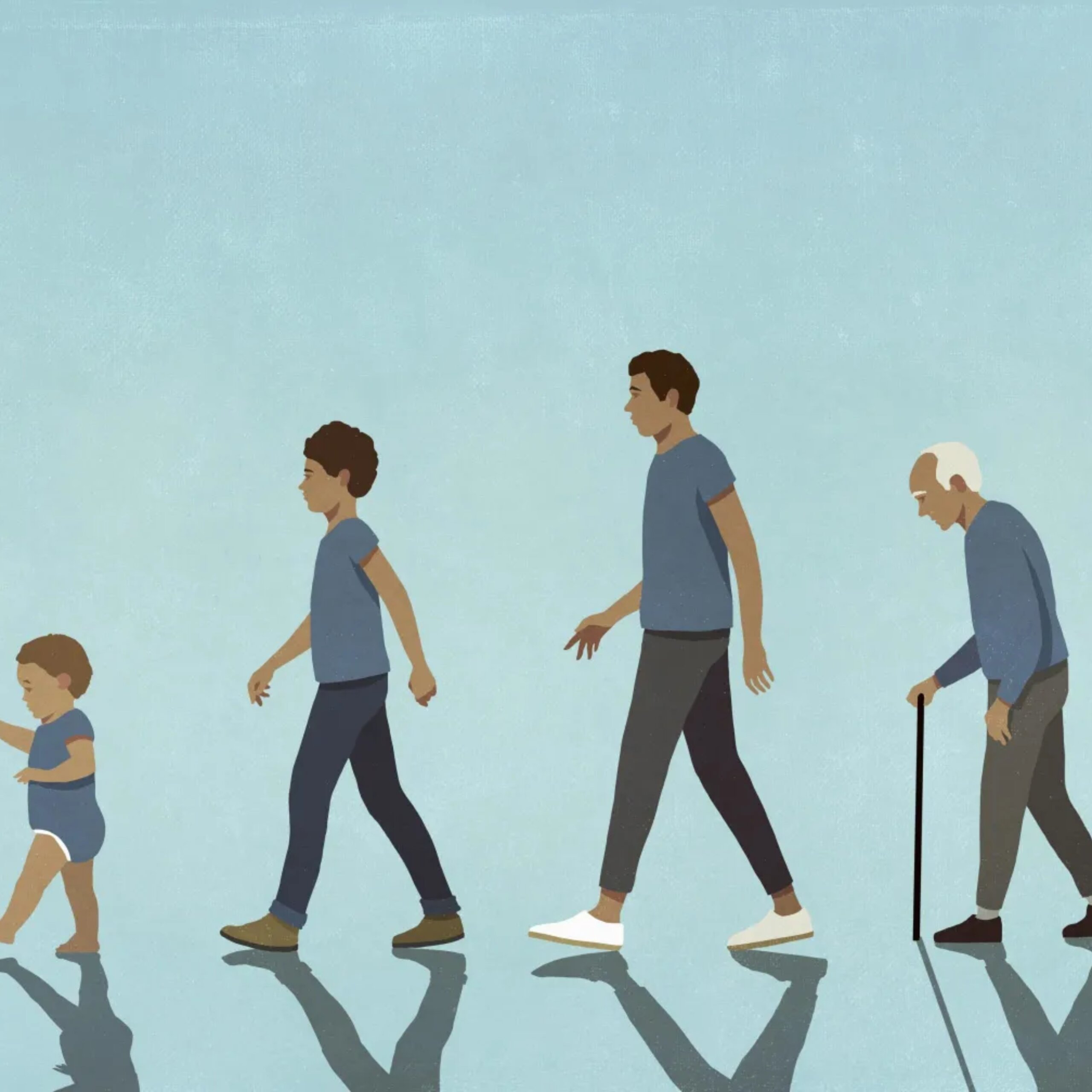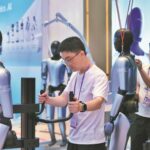As of 2022, the average life expectancy in the Arab World was 71.23 years. This figure has remained largely unchanged in the last decade, with the unsung exception of Saudi Arabia, which increased its population’s life span by 1.5 years in the last decade. Though not a certified blue zone, the Middle East is waking up to the untapped potential of the $600 billion global wellness economy.
On October 29, Clinique La Prairie debuted its ambitious ‘Longevity Fund’ at its urban hub in Dubai. Simone Gibertoni, CEO of Clinique La Prairie, and Stefan Catsicas, Co-Chair of the Longevity Fund, discussed the scope and goals of the $300 million Luxembourg-based fund. The fund leverages Clinique La Prairie’s historic presence and contributions to the global wellness sector to invest in cutting-edge companies at the forefront of longevity science.
View this post on Instagram
A post shared by Holistic Health Supplements by Clinique La Prairie (@holistichealth_clp)
“I’ve been thinking about the Longevity Fund for the last five years but only gained stride two years ago when I met Stefan. His years in academia and experience in the region, coupled with our [Clinique La Prairie] presence in the market, was the right mix to launch the fund,” said Gibertoni. Clinique La Prairie will act as the longevity adviser for the fund, with Catsicas in place as its investment adviser.
Catsicas, a “pharma guy” and fund manager, believes the intersection of science and wellness is bound to create significant impact. “There are several longevity funds and VCs in the market, but this [the Longevity Fund] will be the first science-backed longevity investment fund.” Aside from the profitable marriage of wellness and science, Catsicas’ recently discovered Arab ancestry led the duo to launch the fund in Dubai, the Middle East’s innovation hub.
Clinique La Prairie is proud to announce its strategic partnership with One&Only to launch its first, and highly anticipated Longevity Hub by Clinique La Prairie in the UAE, set to open in March 2024.
Read more: https://t.co/Fj0gSSoy1S
Longevity Hubs: https://t.co/fWqAcU6HNn pic.twitter.com/qPsCLcCgFW
— Clinique La Prairie (@cliniqueprairie) December 14, 2023
Beating chronic patterns in the region to extend lifespan
Amongst the many longevity initiatives the region has championed, Saudi Arabia’s effort to map its population’s genetic background stands out. “It’s a massive and ambitious program. I think this is really step number one. You need to know your genetics,” remarked Catsicas. According to Catsicas, mapping a population’s genelogy is crucial in identifying risk factors present in genetic sequences. This allows to detect the degree of penetrance of risk factors, which ultimately reveal the severity of genetic conditions.
The Middle East’s approach towards wellness differs from the surgical approach adopted by the West. “There are tools to edit the genome, to change the genome, which are not the way to go,” Catsicas stressed. Instead, a focus on nutrition is likely to garner more optimal results towards extending one’s healthspan. “I have had many discussions with governments around the region about nutrition. Even though I’m a pharma person, if you want to address these genetic concerns, nutrition is the first roadmap to success.”
The UAE in particular is emerging as a key player in the region’s efforts to turn back the biological clock. The UAE leads the MENA region as a medical tourist destination, with as many as “eight clinics propping up every week” across the Emirates, according to Gibertoni.
The longevity duo also pointed towards detrimental dietary trends in the region that hinder its population’s ability to stand the test of time. “You go in a restaurant. What do you see? You see trays filled with sodas with high sugar content. That’s a retardation bomb,” said Catsicas. He continues, “If something is not done to stop this, this is exacerbating the risk penetrance that I was talking about. Pharma will not help you here; all pharma can do is help you regulate the levels of sugar.” Ozempic and similar GLP-1 agonists are merely tools in the pharma toolbox to address the problem, according to Catsicas. But they fail to provide any kind of preventive care or protection against these risk factors.
As an expert with five years of experience on the Nestle board, Catsicas reports that drugs like Ozempic, which are consumed by several non-diabetics in the region to counter weight gain, come with a sizeable risk to their longevity. “There is no doubt in my mind that those drugs have an impact on brain plasticity,” Catsicas states.
Much like what we eat, how much we move also determines a population’s probability to live healthier and longer. “20 minutes of movement every day is probably the best solution for longevity that you can have, arguably even more than nutrition,” said Gibertoni. The duo cited a French clinical study that proves that “the right physical hygiene and right nutritional hygiene contribute to extending a tribe’s healthspan.”
Why Clinique La Prairie is branching into wellness funding
To remain relevant in a highly transient market as wellness, an ecosystem must be fostered. Gibertoni believes that “when you have a fund, you are at the epicenter of innonvation.” He added, “The majority of people in finance don’t have a clue on how longevity works. We [Clinique La Priarie] come with nearly a century’ worth of experience in the field.”
The Longevity Fund serves as the byproduct of the duo’s first meeting two years ago. Catsicas reveals the pressures on the current wellness economy worldwide, which means “prices are very low.” And as any veteran fund manager that boasts years of experience in the game, Catsicas follows the “dogma of buying low and selling high.” And “this is the right time to get in,” Catsicas confirms.






